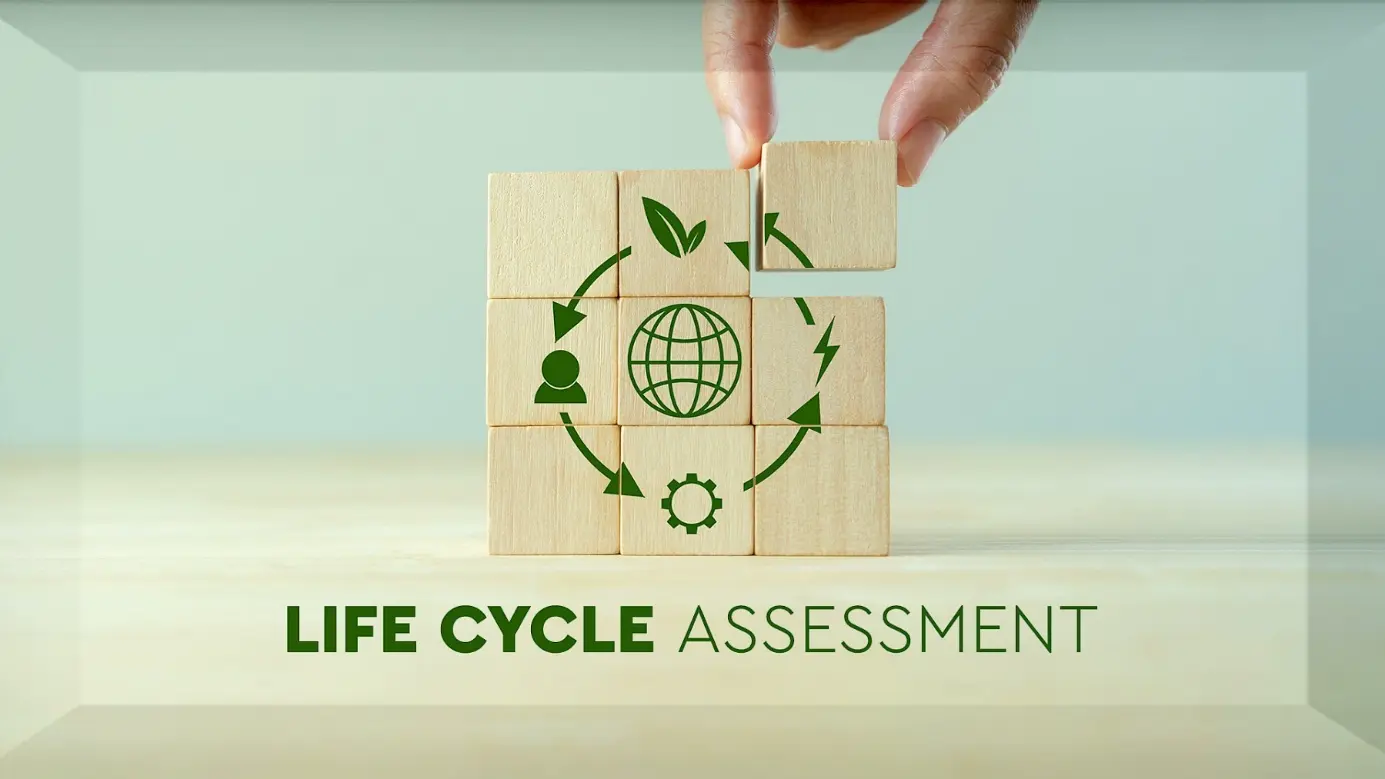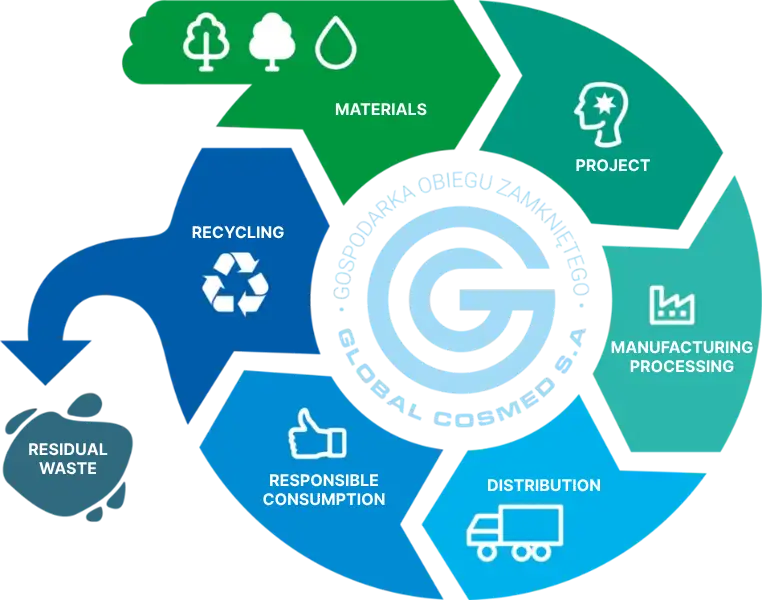Environmental Life Cycle Assessment (LCA) – The Key to Sustainable Development
22 April, 2025
Environmental Life Cycle Assessment (LCA) is a tool for assessing the impact of products and processes on the environment throughout their entire life cycle — from raw material acquisition to disposal. Thanks to LCA, companies can identify and minimize the negative effects of their activities, supporting sustainable development. In this article, we present what LCA is, how the analysis is conducted, and what benefits result from its use.

Table of Contents
- Introduction to LCA
- Definition of Environmental Life Cycle Assessment
- Goals and Importance of LCA in Sustainable Development
- LCA Methodology – Stages of Analysis
- Applications of LCA in Various Industries
- Benefits of LCA
- Challenges and Limitations of LCA
- The Future of LCA in the Context of Changing Regulations and Trends
- Summary
Introduction to LCA
Environmental Life Cycle Assessment (LCA) has become one of the most important tools for assessing the impact of products, services, and processes on the environment. In the face of growing environmental challenges, more and more companies and organizations are recognizing the need to identify and minimize their negative impact on our planet. LCA allows for the assessment of the full life cycle of a product, from its production, through use, to its end of life, providing reliable data on environmental aspects that can be controlled and changed.
Definition of Environmental Life Cycle Assessment
Environmental Life Cycle Assessment is a comprehensive methodology for assessing the impact of products and processes on the natural environment throughout their entire life cycle. It includes the analysis of resource consumption, pollutant emissions, waste generation, and other impacts that may occur at various stages of a product’s life—from raw material acquisition to its recycling or disposal.
Goals and Importance of LCA in Sustainable Development
LCA is a key tool in the pursuit of sustainable development. It helps companies and organizations understand how their products impact the environment and indicates areas where changes can be made to reduce this impact. Thanks to LCA, organizations can make more informed decisions regarding product design, selection of raw materials, production technologies, transport, and recycling, enabling them to implement practices in line with the principles of sustainable development.
LCA Methodology – Stages of Analysis
Definition of Goal and Scope
The first step in conducting an LCA is to clearly define the goal and scope of the analysis. It is necessary to determine which product or process will be assessed, what types of impacts will be analyzed, and what the system boundaries will be (e.g., from raw material acquisition to recycling).
Life Cycle Inventory
Life cycle inventory involves collecting data on resources used during production, energy, emissions, waste, and other variables related to the given product or process. This stage allows for the creation of a detailed picture of environmental impacts at various stages of the product’s life.
Environmental Impact Assessment
At this stage, the collected data is analyzed to identify which have the greatest impact on the environment. This assessment may include categories such as climate change, water pollution, water consumption, loss of biodiversity, or air pollution.
Interpretation of Results
The final step is the interpretation of results, which allows for drawing conclusions regarding the improvement of environmental efficiency. At this stage, organizations can develop recommendations for changes in production processes, material selection, or transportation methods.
Applications of LCA in Various Industries

Manufacturing Industry
In the manufacturing industry, LCA is particularly useful for assessing the impact of production processes on the environment. Companies can use it to optimize energy use, reduce raw material consumption, and minimize emissions related to production.
Food Industry
The food industry uses LCA to assess the environmental impact of the entire process—from crop cultivation and animal husbandry to food production, transport, and packaging. This makes it possible to introduce more sustainable practices in food production.
Clothing Industry
LCA in the clothing industry helps to understand how the choice of materials, production technology, transport, and the life cycle of clothing affect the environment. With growing consumer awareness, LCA is becoming a tool that allows companies to reduce their negative impact on the planet.
Benefits of LCA
LCA brings many benefits, both for companies and the environment. Thanks to a thorough assessment of the environmental impact of products, it is possible to:
- Reduce costs by optimizing production processes.
- Improve the company’s reputation among environmentally conscious consumers.
- Increase energy efficiency and reduce resource consumption.
- Comply with environmental protection regulations.
Challenges and Limitations of LCA
Although LCA is a valuable tool, it is not without challenges. It requires collecting large amounts of data, which are not always easily accessible. Additionally, the analysis process can be time-consuming and costly, especially for small companies.
The Future of LCA in the Context of Changing Regulations and Trends
With increasing emphasis on sustainable development and environmental protection, LCA will become increasingly important. As new environmental protection regulations are introduced and consumers become more demanding, LCA will become a key tool in decision-making regarding the production, sale, and use of products.
Summary
Environmental Life Cycle Assessment is an extremely important tool in the pursuit of sustainable development. Thanks to LCA, organizations can assess the impact of their products and processes on the environment and take actions to minimize negative effects. Although it comes with challenges, the benefits of its use are invaluable. As the world becomes more environmentally conscious, LCA will become a key element of responsible management.